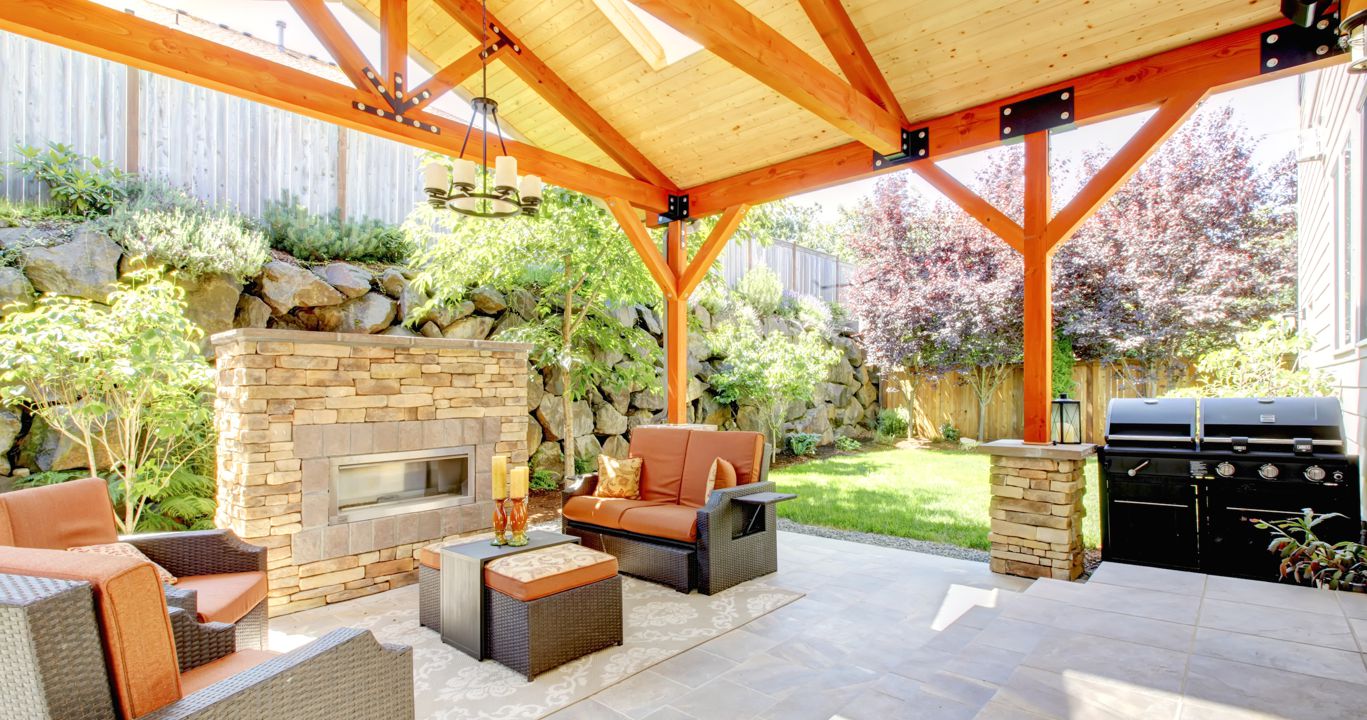Beautiful Golf Courses in Omaha
 There are so many beautiful golf courses located around Omaha that are ideal for a day outdoors perfecting your swing and enjoying the natural beauty of the city. Omaha has 16 public and semi-public courses with incredible tree lines fairways, tricky sand traps and rolling hills, and each course is filled with challenges and character for every golfer to enjoy and test their skills. We have listed these courses below and hope you find the course that’s right for you to enjoy a day teeing off!
There are so many beautiful golf courses located around Omaha that are ideal for a day outdoors perfecting your swing and enjoying the natural beauty of the city. Omaha has 16 public and semi-public courses with incredible tree lines fairways, tricky sand traps and rolling hills, and each course is filled with challenges and character for every golfer to enjoy and test their skills. We have listed these courses below and hope you find the course that’s right for you to enjoy a day teeing off!
Benson Park Public Golf Course | 5333 N 72nd St Omaha, NE 68134
*18 holes / Par 72
Eagle Run Public Golf Course | 3435 N 132nd St Omaha, NE 68164
*9 holes / Par 32
Elkhorn Ridge Public Golf Course | 20033 Elkhorn Ridge Dr Elkhorn, NE 68022
*9 holes / Par 27
Elmwood Park Public Golf Course | 6232 Pacific St Omaha, NE 68106
*18 holes / Par 68
Indian Creek Public Golf Course | 3825 N 202nd Elkhorn, NE 68022
*Three 9 hole courses
Johnny Goodman Public Golf Course | 6111 S 99th St Omaha, NE 68127
*18 holes / Par 72
Knolls Public Golf Course | 11630 Sahler St Omaha, NE 68164
*18 holes / Par 71
Milt’s Golf Center | 6402 Q St Omaha, NE 68117
*9 holes / Par 27
Miracle Hill Golf and Tennis Center | 1401 N 120th St Omaha, NE 68154
*18 holes / Par 70
Pacific Springs Public Golf Course | 16810 Harney St Omaha, NE 68118
*18 holes / Par 70
Pines Country Club (semi-private) | 7516 N 286th St Valley, NE 68064
*18 holes / Par 72
Spring Lake Public Golf Course | 4020 Hoctor Blvd Omaha, NE 68107
*9 holes / Par 35
Steve Hogan Golf Course at Miller Park | 6301 N 30th St Omaha, NE 68111
*9 holes / Par 27
Stone Creek Public Golf Course | 6220 N 160th Ave Omaha, NE 68116
*27 holes / Par 72
Tiburon Golf (semi-private) | 10302 S 168th St Omaha, NE 68136
*27 holes / Par 36
Warren Swigart Public Golf Course | 3865 Parkview Dr Omaha, NE 68134
*9 holes / Par 27
Westwood Heights Public Golf Course | 12929 W Center Rd Omaha, NE 68144
*9 holes / Par 27
 It’s that time of year again! St. Patrick’s Day is right around the corner and there is plenty to do to celebrate around Omaha thus Saturday. Young and old alike will have their pick of activities and adventures to dive into (and even some green beer for those folks 21+). So grab your green attire and get ready to have some St. Patrick's Day fun around Omaha!
It’s that time of year again! St. Patrick’s Day is right around the corner and there is plenty to do to celebrate around Omaha thus Saturday. Young and old alike will have their pick of activities and adventures to dive into (and even some green beer for those folks 21+). So grab your green attire and get ready to have some St. Patrick's Day fun around Omaha!  As you start your home buying journey, as exciting as the process is, we understand the confusion and stress that can arise from certain situations and steps that need to be done along the way. You may have new words and phrases thrown at you that you may want to skip over and not pay too much attention to, but at the end of the day it is so important to equip yourself with all the knowledge you possibly can. Two terms you may run across on your home buying journey are pre-qualified and pre-approved. And while the two terms sound similar, there are some pretty significant differences that we believe are crucial for you to understand and for us to touch on in today’s blog post.
As you start your home buying journey, as exciting as the process is, we understand the confusion and stress that can arise from certain situations and steps that need to be done along the way. You may have new words and phrases thrown at you that you may want to skip over and not pay too much attention to, but at the end of the day it is so important to equip yourself with all the knowledge you possibly can. Two terms you may run across on your home buying journey are pre-qualified and pre-approved. And while the two terms sound similar, there are some pretty significant differences that we believe are crucial for you to understand and for us to touch on in today’s blog post.  Happy March! With a new month comes new adventures and activities around Omaha that are the perfect opportunity to spend some quality time outside the house with family and friends. You will find events from film festivals and art exhibits, and everything in between for the young and old alike. We know how busy your schedule can get, so we hope this blog will help you set aside some extra time to explore all the beautiful things the Omaha area has to offer! We hope you enjoy!
Happy March! With a new month comes new adventures and activities around Omaha that are the perfect opportunity to spend some quality time outside the house with family and friends. You will find events from film festivals and art exhibits, and everything in between for the young and old alike. We know how busy your schedule can get, so we hope this blog will help you set aside some extra time to explore all the beautiful things the Omaha area has to offer! We hope you enjoy!  With so many wonderful and exciting adventures around every corner, you may be overwhelmed with all there is to do in beautiful Omaha. What many people don’t realize are the many unique and interesting activities available that residents and guests of the area either don’t know about or don’t take advantage of. Below we have listed five activities that are different from the ‘same old same old’ thing you may be resorting to when you venture through the city. We hope they are everything (and more!) that we believe them to be – enjoy!
With so many wonderful and exciting adventures around every corner, you may be overwhelmed with all there is to do in beautiful Omaha. What many people don’t realize are the many unique and interesting activities available that residents and guests of the area either don’t know about or don’t take advantage of. Below we have listed five activities that are different from the ‘same old same old’ thing you may be resorting to when you venture through the city. We hope they are everything (and more!) that we believe them to be – enjoy! 
 Selling your home can seem like an overwhelming process, especially when you stop and think about all the little items that need to be completed to make the house ready and appealing to buyers. Knowing this, we wanted to help break some of these tasks down in hopes to ease your mind and make the process a little easier for you and your family. With that said, this week and next weeks’ blog topics are centered around items to keep in mind before the house goes on the market, as well as while the house is being shown. We are going to start this week with a checklist of everything you still need for the indoors. Enjoy!
Selling your home can seem like an overwhelming process, especially when you stop and think about all the little items that need to be completed to make the house ready and appealing to buyers. Knowing this, we wanted to help break some of these tasks down in hopes to ease your mind and make the process a little easier for you and your family. With that said, this week and next weeks’ blog topics are centered around items to keep in mind before the house goes on the market, as well as while the house is being shown. We are going to start this week with a checklist of everything you still need for the indoors. Enjoy!
 Image this: you found your perfect home, made an offer and have come to find out the seller has accepted. What an exciting time! You completed the next step of signing the contract, as well as paid the deposit. And while you are floating on cloud nine, you are approached with some less than exiting news – you find out from the appraiser that the house is worth less than what you offered and the bank will not grant you a mortgage. We know this may seem like a huge set back, but there is something that can protect you if a situation like this arises. It is called can appraisal contingency and we are going to be covering the basics on what it is and how it can help you!
Image this: you found your perfect home, made an offer and have come to find out the seller has accepted. What an exciting time! You completed the next step of signing the contract, as well as paid the deposit. And while you are floating on cloud nine, you are approached with some less than exiting news – you find out from the appraiser that the house is worth less than what you offered and the bank will not grant you a mortgage. We know this may seem like a huge set back, but there is something that can protect you if a situation like this arises. It is called can appraisal contingency and we are going to be covering the basics on what it is and how it can help you!









